300+ HTML / CSS Examples with Source Code & Tutorial
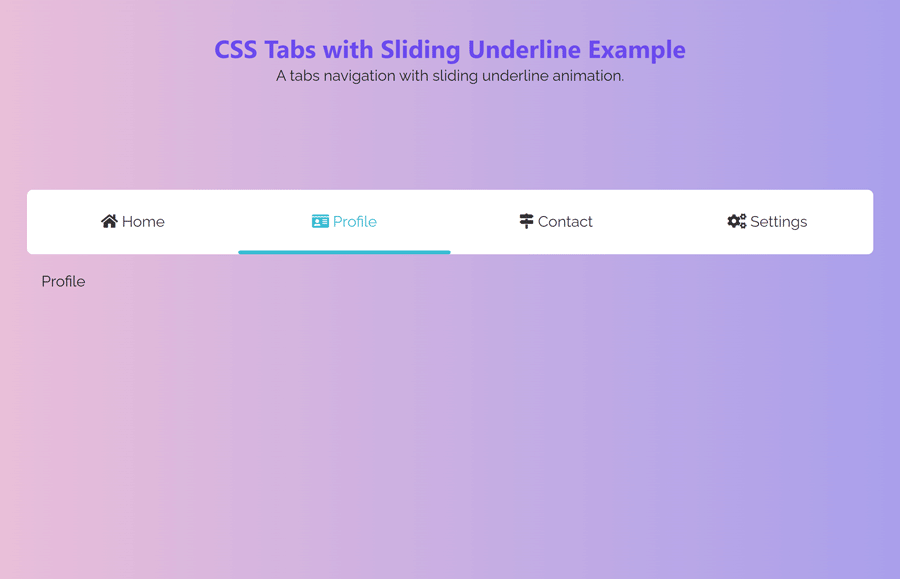
Add the 'active' class to the clicked list item. Method 1: Styling two pseudo-elements. Add two extra tags at the top of the tag inside the list element. These will perform as pseudo-elements. Add a class of 'left-curve' to the first tag and 'bottom-curve' to the second tag.
Navigation Bar Animation Using HTML&CSS & jQueryActive tab animation usingHTML CSS and jQ

The tab-size CSS property is used to customize the width of tab characters (U+0009). Skip to main content; Skip to search; Skip to select language; Open main menu. active:any-link:autofill:blank Experimental:buffering:checked:current:default:defined:dir():disabled. The tab-size CSS property is used to customize the width of tab characters.
Sidebar Menu Using Html CSS & Javascript Curved Outside in Active Tab YouTube

Enhancing user experience on your website, responsive tabs are an excellent tool for displaying content in an organized, attractive manner. To simplify the process, this tutorial will guide you step by step, helping you learn this critical skill. Step 1: Structure Your HTML. First, define a section for tabs and tab content in your HTML file.
CSS Tabs 5 Examples

Show the targeted tab. Start off by hiding all the tabs: .tab { display: none; } Now show the one tab whose id matches the URI fragment using the :target selector: .tab { display: none; } .tab:target { display: block; } Let's also go ahead and throw in the style to show which tab is "active":
Pure CSS Tabs With Responsive Design Example and Source Code
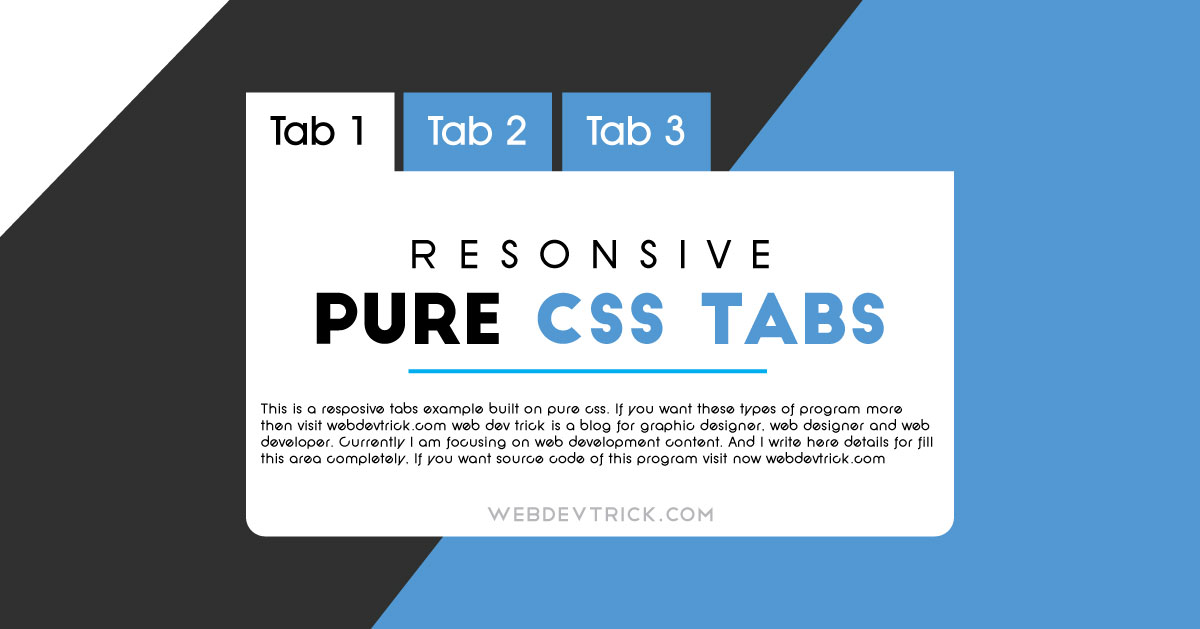
The :active CSS pseudo-class represents an element (such as a button) that is being activated by the user. When using a mouse, "activation" typically starts when the user presses down the primary mouse button. Try it The :active pseudo-class is commonly used on and
active tab not working CSSTricks CSSTricks

Here is the current working code: .nav-tabs > li > a { background-color: #7f7fff !important; } .nav-tabs > li > a:hover { background-color: #cc0033 !important; color:#fff !important; } .nav-tabs > li.active > a, .nav-tabs > li.active > a:hover, .nav-tabs > li.active > a:focus { background-color: #cc0033 !important; color:#fff !important; }
30+ CSS Tab Designs For A More Organized And Professional Looking Website

When using horizontal tabs, often an underline (border-bottom) is used to display an active tab. When switching tabs, we often wish to animate the unde. Pen Settings. HTML CSS JS Behavior Editor HTML.. About CSS Preprocessors. CSS preprocessors help make authoring CSS easier. All of them offer things like variables and mixins to provide.
Active Tab Backgrounds In CSS A Comprehensive Guide

1 Answer Sorted by: 3 Modify your code like this: .tabmenu>div:target>a, .tabmenu>div.current>a { background: white; } .tabmenu>div:target>div, .tabmenu>div.current>div { position: absolute; z-index: 1; } To use javascript the fastest way is use jQuery library, by adding:
[Solved] Highlighting an active tab CSS 9to5Answer
1. Animated Tab Bar Open CodePen A cool animated CSS tab bar with clickable icons. Requires a little JS but nothing difficult. You would have to pair this tab bar with your own content: easy enough by just working out which tab is active and displaying the correct text. 2. Pure CSS Tabs Open CodePen
Active Tab Hover Animation with Icons HTML & CSS

a:active { background-color: yellow; } Try it Yourself » More "Try it Yourself" examples below. Definition and Usage The :active selector is used to select and style the active link. A link becomes active when you click on it. Tip: The :active selector can be used on all elements, not only links.
Create an Active Tab Animation Slider using JavaScript, HTML, & CSS
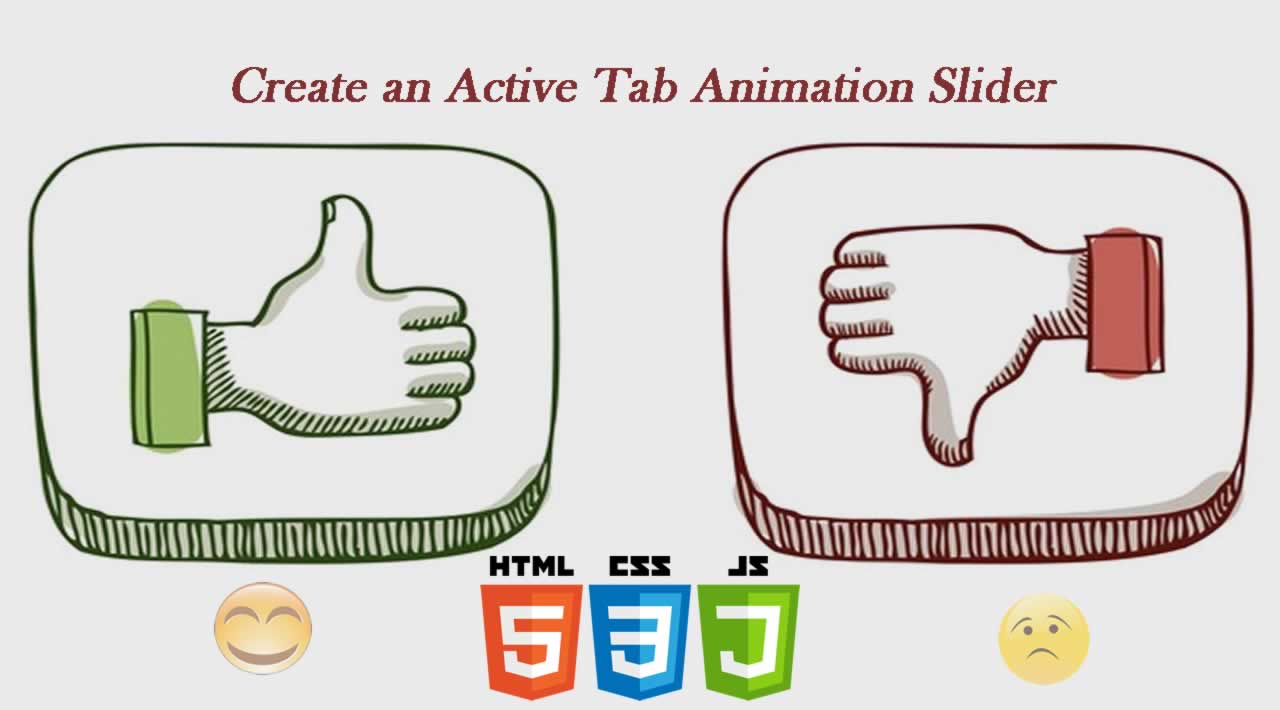
CSS Tabs provide helpful navigation of websites, allowing users to successfully locate multiple web pages of pertinent material. Learn. Schools.. Let's make an active tab. Because vertical padding in inline boxes doesn't actually push anything out around it, you can simply add this: #selected { padding-bottom: 2px; background: yellow; }.
30+ CSS Tab Designs For A More Organized And Professional Looking Website
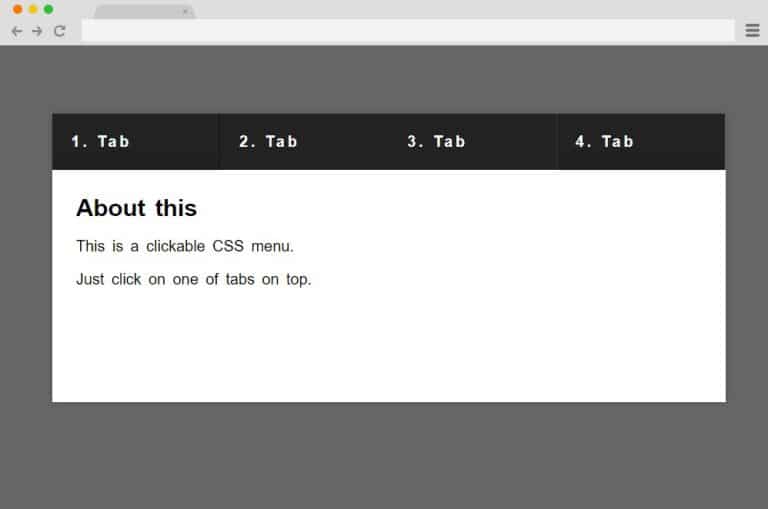
How TO - Tabs Previous Next Learn how to create tabs with CSS and JavaScript. Tabs Tabs are perfect for single page web applications, or for web pages capable of displaying different subjects: London Paris Tokyo Try it Yourself » Create Toggleable Tabs Step 1) Add HTML: Example
3 Best Tab Bar in Html, CSS, and JavaScript FantacyDesigns
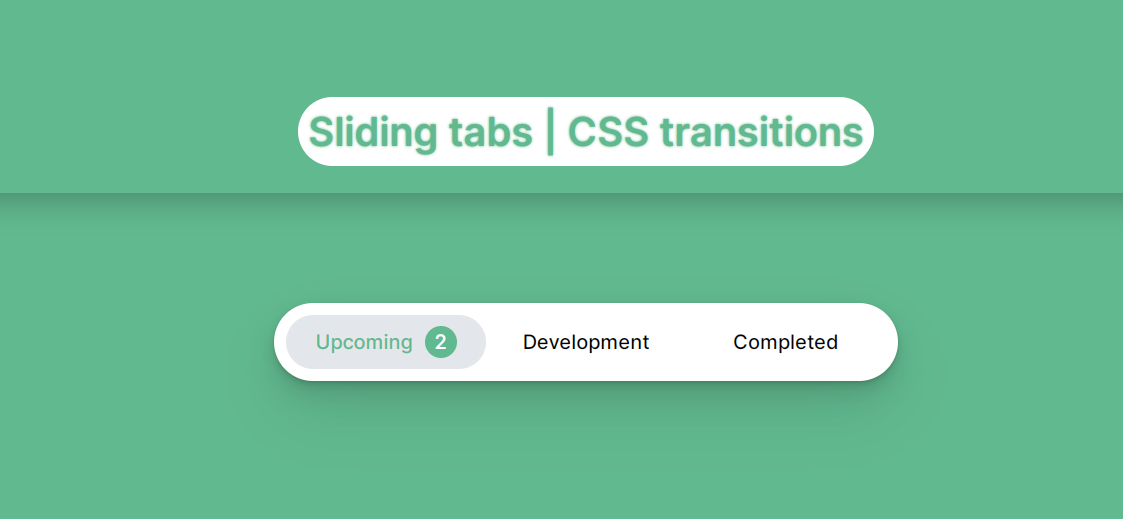
Below is the full working program to create active tab in navigation menu. We use above discussed HTML, CSS and JavaScript to achieve this goal.
[Solved] Tab menu in CSS how to set an active tab 9to5Answer
5. .tab: This styles the content that appears when a tab is active. It sets the display property to none, which means the content is initially hidden. It gives the content a width of 70% of its container. Adds padding of 20 pixels around the content. Sets the background color to a light gray (#ccc). 6. .active-tab-button:
A Center active tab CSS code that properly centers the active tab r/FirefoxCSS

To highlight the current tab/page the user is on, use JavaScript and add a color class to the active link. In the example below, we have added a "tablink" class to each link. That way, it is easy to get all links that is associated with tabs, and give the current tab link a "w3-red" class, to highlight it:
Navigation Menu Using Html CSS & Javascript Curved Outside in Active Tab YouTube

The W3Schools online code editor allows you to edit code and view the result in your browser